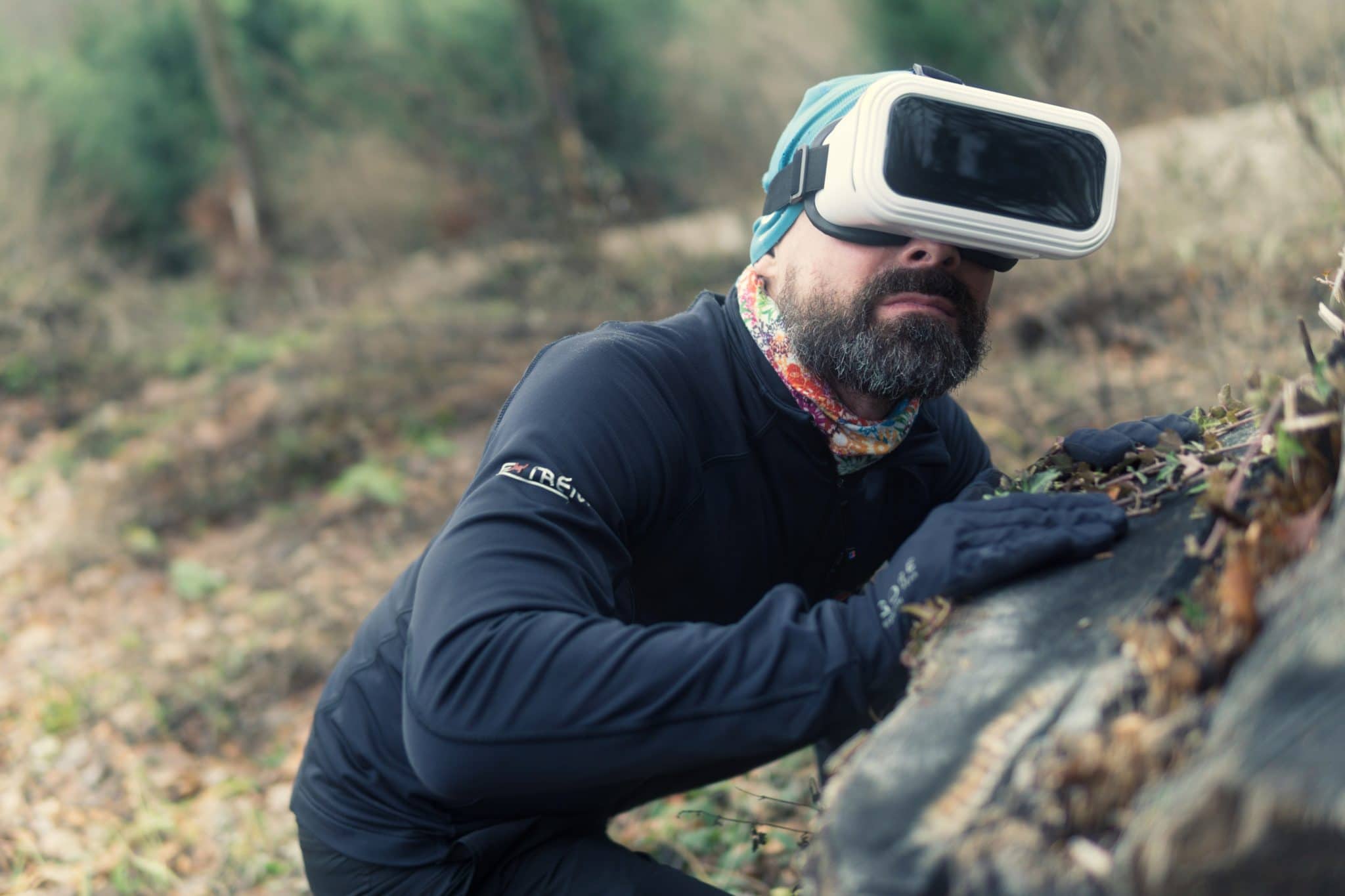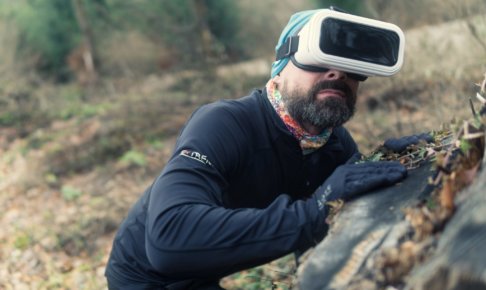Virtual Reality or VR has started to become more widely used throughout the world. Japan is no exception, after all, how could a country that is known for its advanced technology not take advantage of something as promising? With that being said, there is still a long way to go for VR to enter the mainstream market. As it stands, it is mainly being used by a dedicated but ultimately niche audience. The utilization of VR in Japan is most likely similar to how other countries are using it as well.
Table of Contents
Virtual Reality and Augmented Reality

First, it is essential to differentiate AR from VR.
The former does not give users a feeling of immersion since they can see what is around them. Virtual elements are added to reality: smart glasses provide information available on the Internet, Pokemon are added to the landscape in Pokemon GO, etc.
The latter gives you the impression that you are in another world or place, another environment. Your field of vision is filled, if you have motion controllers you can move virtual hands, sounds may be included depending on the application, etc. Some companies are also considering developing a full-body set, which will attract more customers. You experience immersion and can move in all direction.
In the 20th century, VR was used for flight simulations or for military purposes. But at the time, 3D games were difficult to make and the headsets were too expensive. Nowadays, because smartphones are more and more developed, and because VR headsets share key parts with this device, the price is starting to decrease (due to mass production). It is also possible that movie theaters, hospitals or schools use this technology on a daily basis in the future.
Both technologies are popular in Japan, but today we will focus on VR.
Uses of VR
Entertainment

Probably the most obvious use of VR technology is entertainment. The Adores VR Park in Tokyo is an arcade that exclusively uses VR. It is part of a growing trend of VR arcades that are opening throughout Japan. Bandai Namco even opened its own VR zone and in 2017 they planned to open 20 more (one has even opened up in London). IMAX has invested $50 million and is committed to creating 25 interactive experiences by 2020. To have two esteemed corporations provide capital for this industry is a sign that VR is slowly but surely starting to become conventional.
Entertainment is quite a broad category, but one of the first things that spring to mind when mentioning VR is video games. This is one of the main attractions of the Adores Park and many visitors have praised the arcade for its interactive video games. Guests can play a variety of games such as Dive Hard which is a first-person-shooter, or others like Dragon Quest VR.
Education

Perhaps a less obvious usage but just as important. The Japan Times reported that “simulations work better than traditional alerts in motivating people to evacuate ahead of hurricanes”. The main reason why simulations were more effective was due to the immersive environment they submerged the participant in. Jase Bernhardt, a professor of geology and sustainability at Hofstra University, stated that VR had more of an effect because of how realistic it is. Almost 90% of the students who saw the storm through VR said that they would evacuate whereas of those who used traditional media, only 70% said that they would leave. Bernhardt proclaimed that communities could utilize VR as an educational tool and that its popularity could increase because of this.
Japan Airlines (JAL) introduced a headgear set called the “JAL xR Traveler” which is designed for users to experience a beach or forest in Hawaii. Additionally, there is a model of a human hand, this is intended for the participant to “feel a woman is leading them around the island by the hand”. This is another example of VR being used as an educational tool.
Social Benefits

In some cases, VR is used to create empathy for disabled people. In 2019, at the Miyagawa medical reformatory (Mie Prefecture), instructors wore VR goggles which helped them to better understand people with disabilities. Too bright light, blurred vision, environmental noise, narrow vision: instructors were able to experience their detainees’ problems and will be able to better cope with them. Some detainees also tried VR to help them be more objective towards the problems they face. A meeting was held after the event to discuss it and make some changes.
According to Masahiko Inami (University of Tokyo), face-to-face communication allows people to understand others, but VR will allow a better and deeper understanding of others by seeing through their eyes. In 2014, researchers noticed that body-swapping virtually to a different ethnicity reduced discrimination against black people among the subjects. VR has many other positive usages, like helping children get X-rays by reducing their fear, for example. It allows them to escape for a moment.
Difficulties of VR

The chief development officer of IMAX, Rob Lister, stated that that the expensive price, graphical requirements and relative lack of content are the main obstacles preventing VR from becoming mainstream. The cost of the latest VR headsets ranges from ¥50,000 to ¥100,000, the price of a computer. Manabu Ishii, one of the heads of Adores, determined that bringing VR to the masses was the solution. As it stands, VR is starting to gain popularity but it still has a long way to go. The lack of content and expensive prices are currently holding it back from mass popularity but with time it will become widespread. Indeed, thanks to YouTubers and gamers, VR is already in the process of becoming familiar among the younger generation, which will lead to its normalization in the future.
However, VR also gives rise to strong concern since the effect on the human psyche is still unknown. Some warn users that they may have difficulties differentiating the real world from the virtual world, the goal being to trick the brain. The author of Japanese novel series Sword Art Online imagined a time when people could wear helmets to dive in virtual MMORPG worlds. The character is even happier in these other realities, which make the viewer wonder about VR positive and negative aspects. Inami fears that people will spend too much time online as an avatar or be confused when they go back to the ‘real world’.
What if users prefer their virtual form? What about hacks, virtual crimes? Some believe that the two worlds are already mixed since many are addicted to their smartphones, TV, games… But they still differentiate the real from the virtual – except in case of a disease.
But what is sure is that VR technology will continue to improve, with a growing market and with big companies investing in it.
Reference:
www.japantimes.co.jp/news/2019/12/27/national/vr-builds-bridge-staff-young-detainees-developmental-disorders-japan/
japantoday.com/category/features/health/Virtual-reality-helps-kids-getting-X-rays
www.japantimes.co.jp/news/2016/11/20/business/tech/believe-not-virtual-realitys-takeover-now-underway/









